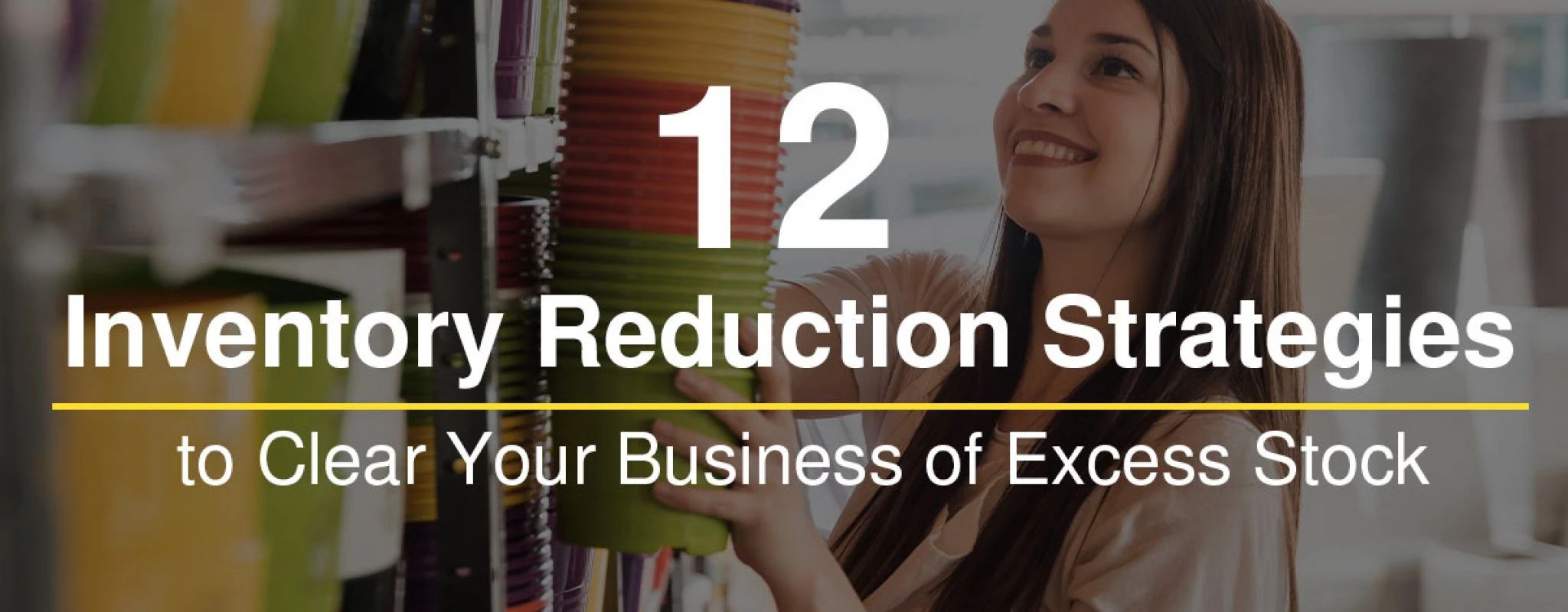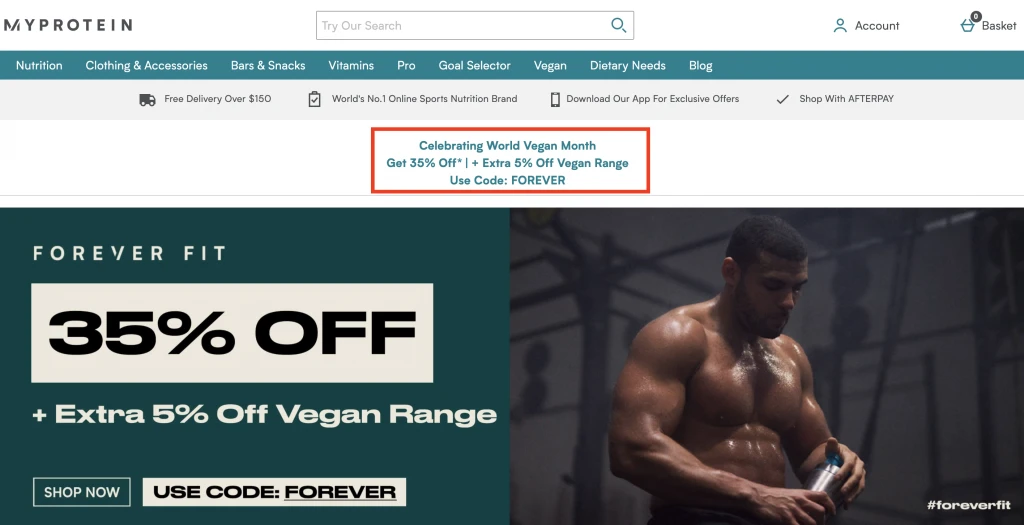
August 10th, 2019
12 Inventory Reduction Strategies
You are viewing an article about Ricemill Classic. Check out our new shipping app for Australia sellers.
Chew Lim
Ecommerce retailers find some of their most costly expenses in having excess inventory and obsolete stock.
It takes up considerable space in the warehouse, complicates your businesses cash flow and throws your supply chain management out of whack. The good news is, that there are simple ways to get that stock sold so that more emphasis can be placed on other vital areas of your business.
This is where having a solid and flawless inventory reduction strategy or group of strategies can be invaluable to your business.
How to Implement Inventory Reduction Strategies?
Just before we launch into explaining the best inventory reduction strategies for your business, it’s best to understand how these strategies can be used within your business’s supply chain management.
Being prepared with some implementation strategies early is a key way to stay in front of yourself and ensure you are always prepared.
It’s best practice to keep a close eye on your inventory management software and to check how much time your stock has been sitting around for. If you have a system in place to consider stock as excess stock once it passes a certain time period, then this will help you manage your stock effectively.
This also helps you from having clear stock last minute when you realise you have too much. With these points in mind, let’s take a look at Ricemill’s top inventory reduction strategies and consider ideas for reducing inventory levels and clearing your business of excess stock.
-
Competition
Competitions are a fantastic strategy for reducing excess stock! It creates a new perspective for that excess stock and increases customer demand for once unrequested items. This is also a wonderful means of gathering more contacts for your business and building up your social media followers.
You can even create rules and guidelines for your giveaway system which only increases your businesses online exposure. This is a futuristic means of fine tuning your inventory management software.
-
Offer Double Reward Points
If your business does not have a reward system in place then you should consider adding one to increase your businesses appeal. Some fantastic apps like, Smile.io, FiveStars and Belly, can be instrumental to increasing your customers lifetime value by up to 40%.
This can also be used as an inventory reduction strategy because not only does doubling rewards points on products improve your customer demand, but it also increases your businesses overall cash flow.
-
Maximise your Sale Items
Whilst this may sound obvious, many retailers do not take advantage of the benefit of a business webpage. A simple page dedicated to selling discounted items is a cost effective way to get rid of excess stock.
If you create a product category to run along the top of your site that advertises your sale items, then people will be more likely to scroll through your site.
MyProtein provides a great tool for this and they offer reminders at the top which advise of discount codes and other specials.

-
Donate Excess Inventory to Charity
There are several benefits to donating to charity as a means of inventory reduction:
You create space in your warehouse
You support a good cause which as an added benefit increases positive exposure for your business
You can gain free publicity as an Aussie retailer, for your business.
-
Take Advantage of Pop-Up Stores
Pop-up stores are a vital strategy for gaining exposure for your business, in a cost effective manner, through customer feedback. These are a wonderful way to clear old inventory because they can be set up anywhere and require very little planning. Definitely, this is a valuable strategy for small business owners who have limited resources for their advertising.
Sites such as Pop-Up Republic and Go PopUp are fantastic for this as they organise and aid in the set up of the entire process so your focus can be on selling your businesses products.
-
Trade with Another Seller
Swapping stock with another seller is a fantastic means of reducing inventory as often, you’re able to sell their old stock and vice versa. It is all about creating a fresh promotion for the stock.
Advertising this stock as ‘New Stock Now In’ can create a hype about the products and customers will want to purchase the items while they are fresh and new.
-
Capitalise on Influencers
Influential bloggers are a substantial asset for your business if they are willing to leave positive reviews. Sending them an item and then asking them to review the item on social media, is a sure fire way of creating a buzz around your products. This is particularly beneficial for products which have become forgotten or cast aside.
There are several examples of where this strategy has been put to work, resulting in a great increase in their social media exposure. Recently, Lexie Sport put this method to the test and received niche celebrity endorsements from Kimberley Wyatt, Charlotte Moss and Neelam.
-
Re-Brand Your Stock as ‘Back in Stock’
Temporarily removing excess stock from your channel is a forward thinking inventory reduction strategy. A good use of your inventory management software. Instead of reducing the price on your stock as a means of ‘getting rid of it’. You can simply remove it from the shelves with the plan to bring it back in a few weeks time.
This creates a hype about your stock and subsequently increases your businesses sales. It also creates an illusion that the products are ‘Back in Stock’ by popular demand.
-
Flexibility of Return Policy
Customers love the security of knowing they can bring an item back. If you have a 30 day returns policy, you can consider extending it to 60 days for a few select items as a means of inventory reduction.
This type of cost effective promotion doesn’t usually create much of a negative impact on businesses because statistically, people will return items within the first week.
-
Re-Arrangement of Excess Inventory
Selling old or excess stock with that of bestsellers in a simple inventory reduction strategy which is more often than not overlooked.
Regardless of whether you have a physical store or a website, you can add slow selling items as a related product underneath your bestsellers. These products will then get more exposure and customers will be more driven to add into cart.

source: amazon
-
Product Bundles
You can consider grouping slower selling items togethers if you find you have some products that do not sell well.
There is a possibility that your businesses profit margins on each item may reduce. This is a fantastic way to sell several products at once. It will also create more space in your businesses warehouse, thus, you will have produced an exciting new bundle of items to advertise.
You can also consider analysing which products your customers frequently bundle. To help create bundles which will maximise your profit margin. With Ricemill, you can easily combine your products together to sell in bundles. Ricemill automatically keeps your inventory levels synched in real-time. More details here.
-
Re-List Your Products
Product listing images can create a huge impact on your business’s ability to shift excess stock. Updated and fresh images re-brand the products and catch the browser’s eye. This will ultimately go a long way to convincing them to purchase those items.
Alternatively, you can re-write your item’s product description. To create a more enticing product write up. Ricemill has the feature can support sellers do product listing on multi-channels at a single click.
Conclusion
Whilst these are only some of Ricemill life changing inventory reduction strategies, they are a good start for you to maximise your business profitability.
Ricemill aims to help your business reach its full potential and help you create a flawless inventory management system. Ricemill will continually share inventory management strategies to help you maximise your businesses sales.
As an Aussie retailer, your focus should be on selling to the national and international market and doesn’t need to be bogged down in the importance of inventory management software. Having some key systems and strategies in place will ensure you stay the front runner in your industry.